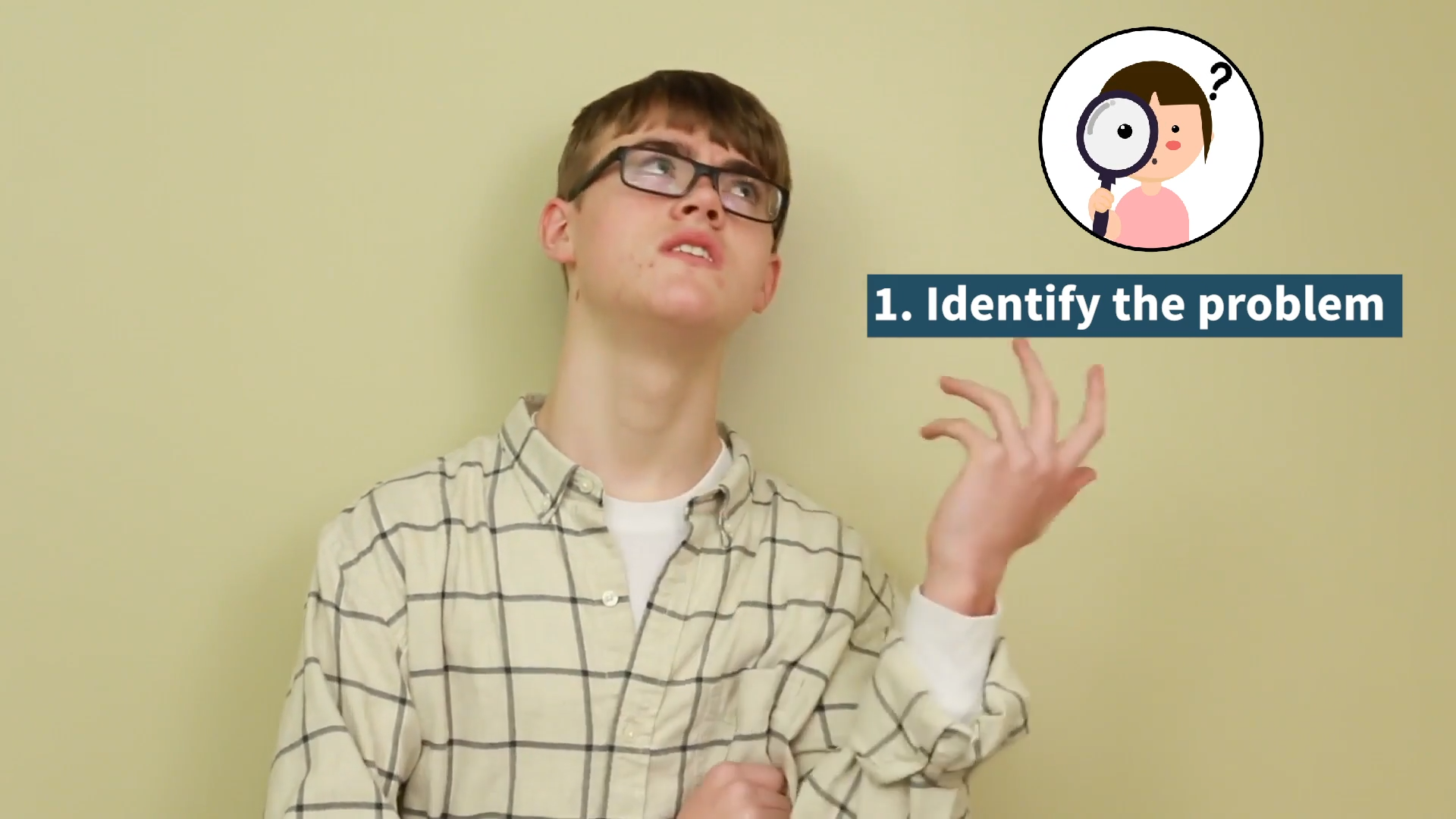
Introduction
As educators, we understand that our students face problems in their everyday lives, both at school and at home. Teaching students the Problem Solving Steps can help them become better, more independent problem-solvers. This guide will provide an overview of these steps, a no-prep activity, discussion questions, and related skills to enhance your students’ problem-solving abilities.
No-Prep Activity: The Problem-Solving Role-Play
This activity requires no preparation or materials and is designed to help students practice the Problem Solving Steps through role-playing. Divide your students into pairs. Assign one student in each pair to be the “problem solver” and the other to be the “observer.” Provide a common problem scenario that middle school students might face, such as a disagreement with a friend, a scheduling conflict, or a challenge in completing a group project.
Have the problem solver act out their response to the scenario, using the Problem Solving Steps:
- Identify the problem.
- Decide if they need help or can handle it by themselves.
- Come up with a few solutions to try.
- Choose the best solution by playing out each one in their mind.
- Decide if the problem is solved or if they need to try again.
Meanwhile, the observer should take note of how well the problem solver follows the steps. After the role-play, have the pairs switch roles and repeat the activity with a different problem scenario. Finally, bring the class together to discuss their experiences and share the solutions they came up with.
Discussion Questions
- Why is it important to identify the problem before trying to solve it? How can this step help you make better decisions?
- How can thinking through multiple solutions help you find the best one? Why is it important to consider others’ feelings during this process?
- What are some challenges you might face when trying to solve a problem on your own? When is it important to ask for help?
- How can practicing the Problem Solving Steps improve your ability to handle difficult situations in your everyday life?
Related Skills
While the Problem Solving Steps are a valuable tool for middle school students, there are other related skills that can further enhance their ability to navigate challenges in their lives. These skills include:
- Active listening: Being an attentive listener allows students to better understand the perspectives of others and gather information needed to solve problems.
- Effective communication: Clearly expressing thoughts and feelings helps students collaborate and work together to find solutions to problems.
- Empathy: Understanding and sharing the emotions of others allows students to consider the impact of their actions on others and make more informed decisions.
- Resilience: Building resilience helps students bounce back from setbacks, adapt to change, and continue working towards solutions even when faced with obstacles.
Next Steps
Now that you have learned about the Problem Solving Steps and related skills, it’s time to incorporate these valuable tools into your classroom. To help you get started, we encourage you to sign up for free samples of these skills and others at Everyday Speech. These resources will provide you with engaging activities and materials to support your students’ social-emotional learning journey.

